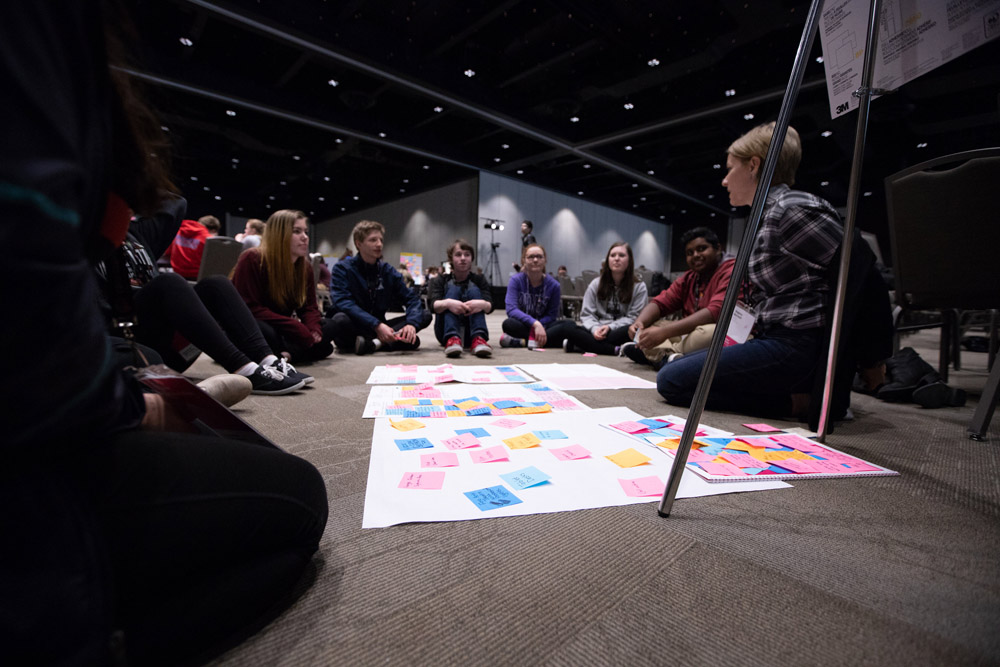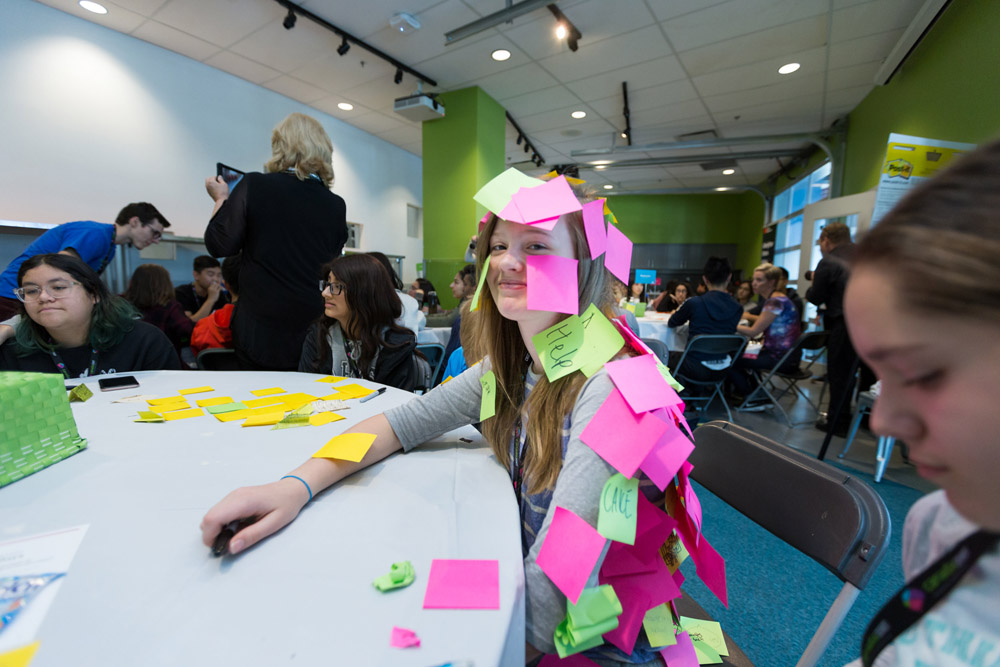Process: The power of asking why
What’s the most annoying thing you experience regularly in design work? For me, it’s getting halfway through a project before the problem we were solving is actually identified. Most of us spend a lot of time doing the work without spending time figuring out why the work needs to get done. How often can you clearly articulate what exact problem your work is solving? Do your budgets include exploring the problem space? Do your work plans identify dedicated time to reflect throughout, to ensure you continue to solve for the problem you identified?
Asking open-ended questions can help designers get more specific about the problems they’re trying to solve, build consensus amongst teams and clients, and create coherent design solutions.
So… let’s start with a question! What is a design project? A person or people (the client) decide there’s a sequence of ideas and events (the solution) that people with expertise (the design team) should propose, and then execute, to change the current status of something (the problem). If you’ve been to this rodeo before, you know clients often feel the symptoms, yet usually can’t articulate the problem.

Well, of course they can’t express the underlying causes of the problem! They’re experts about their own experiences, but not necessarily in problem-framing or design interventions. An integral part of design work is uncovering the underlying need not being met, and doing it in a way that creates client confidence while you take time to frame the problem.
An analogy that works really well in this situation is that of physician and patient: the physician (designer) is seeking to identify the underlying cause of the patient’s (client) symptoms. The physician asks clarifying questions that deepen their understanding of the symptom(s) and context. A designer’s diagnostic might read something like this:
- What’s the problem you’re trying to solve?
- To build a playground at the train station.
- Young grasshopper! This isn’t a problem: it’s a solution.
- If this playground was a super success, what might that look like?
- If it was well loved and busy with families for most of the day, most days.
- Value-for-money is not a good way to measure success. Ask again!
- How does the lack of a playground manifest in user behavior today? How do you know?
- Without a playground, families have no place to go with their kids while they’re waiting for the train and the kids run wild.
- This is a problem hypothesis. Has the client interviewed families and other passengers about their waiting experience? They should! That would be a great way to find out more and deepen their hypothesis.
- What are the outcomes of not having a playground?
- There are a lot of parents reporting lost kids.
- Did you notice I asked the same question twice worded differently? Lost kids are a real problem the client is experiencing. Will a playground solve for this problem? How have they quantified the problem? Is a playground an appropriate solution for the scale of the problem? Is this problem only for families and kids?
- Why is that important?
- No place to wait leads to frustrated customers on the train and unpleasant travel experiences.
- Aha! After asking five consecutive open-ended questions, we’ve identified the PROBLEM and demonstrated that this problem could have a variety of solutions beyond the one the client identified.

Most people don’t feel comfortable asking this many open-ended questions consecutively, but trust me on this one. I’ve been practicing this for 12 years and have never, not even once, been denied. On the contrary, most people actually feel a sense of catharsis and gratitude when nudged to think deeper by using an easy process of answering seemingly simple questions.
The outcome? You’ll start falling in love with your clients, you’ll find out more than you ever imagined about the problem space, your team will be aligned on what it is they are solving for, and rather than “delivering on a brief,” your design solution will solve a problem.
TEXT BY RUTH SILVER, FOUNDER OF GROUNDSWELL PROJECTS, A DESIGN THINKING FIRM BASED IN TORONTO.
